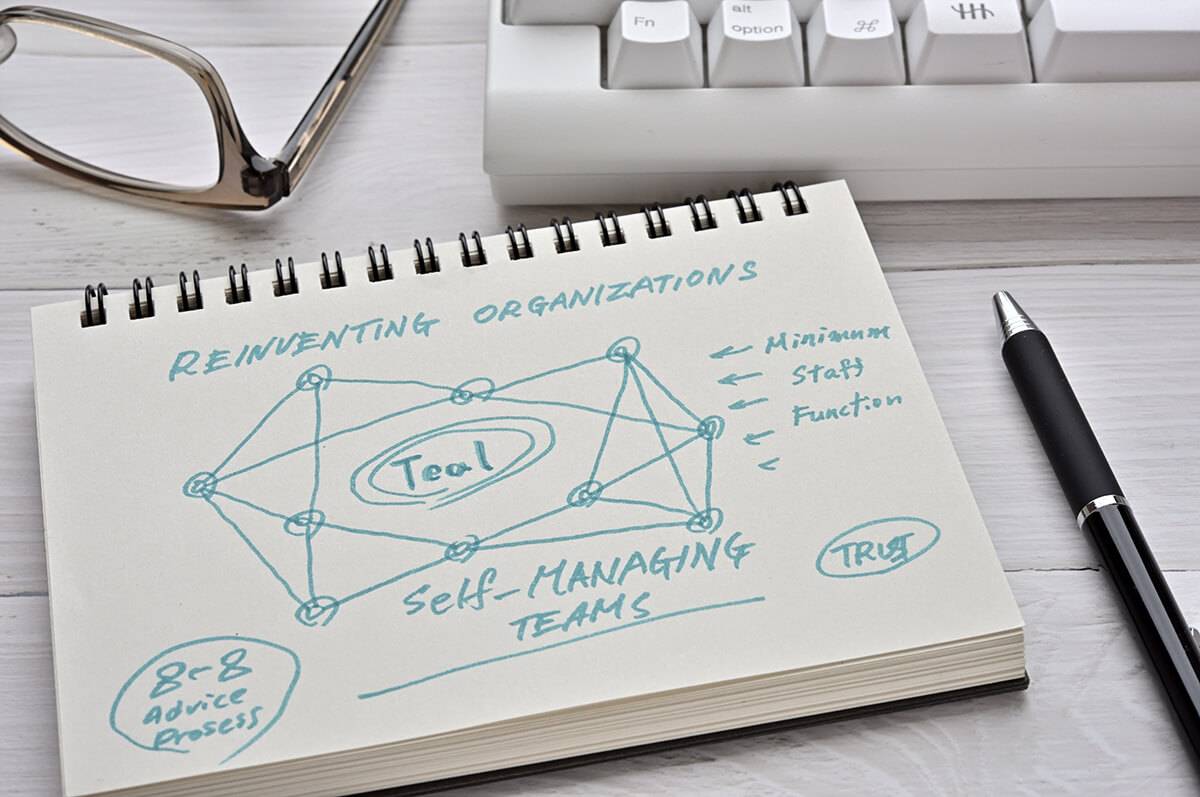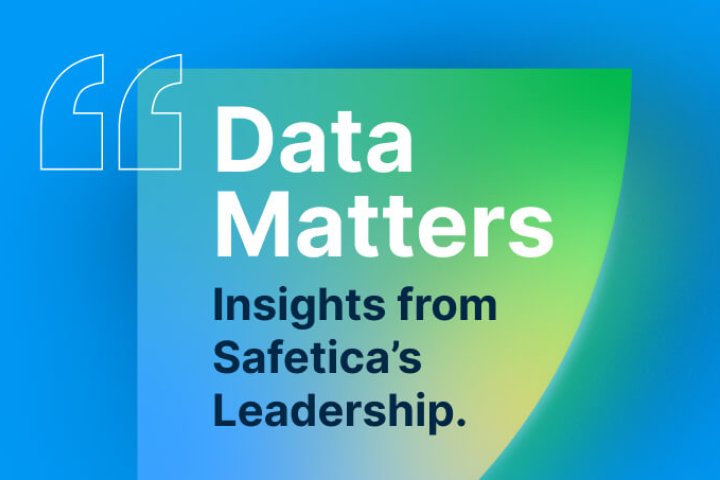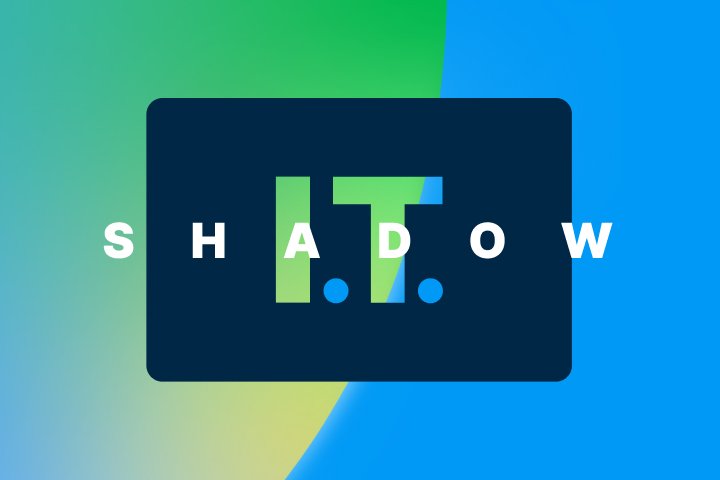In today's rapidly changing business world, organizations are constantly seeking new ways to innovate, adapt, and remain competitive. One concept that has gained increasing attention in recent years is the idea of teal organizations. Teal organizations are unique in that they prioritize self-management, wholeness, and evolutionary purpose over traditional hierarchical structures and top-down decision-making. However, while Teal organizations offer many benefits, they also face unique challenges. One of the most critical challenges is data loss prevention.
In this article, we will explore the concept of teal organizations, examine the risks associated with data loss, and discuss some of the most effective strategies for preventing data loss.

How teal organizations work
Unlike traditional corporations, teal organizations embrace self-organization, trust, and experimentation, which makes them more flexible and adaptable.
Teal organizations recognize that employees are more than just cogs in a machine and focus on purpose and employee well-being, which makes them more resilient to external shocks. This approach enables organizations to be not only more adaptable to change from a business perspective but also more sustainable from a human perspective.
This new business model is characterized by a flat organizations structure, where teams work autonomously and make decisions collaboratively. There is a strong sense of purpose beyond just profit.

Teal organizations operate on three main principles:
- Self-management refers to the idea that employees are trusted to make their own decisions without the need for hierarchical supervision.
- Wholeness is about the importance of acknowledging and embracing each employee's individual strengths and weaknesses.
- Finally, the evolutionary purpose is about having a shared goal that goes beyond making a profit and instead focuses on making a positive impact on the world.
The evolution of organizational structure
From an evolutionary standpoint, teal organizations make sense because they mimic the way organisms operate in nature and how society is evolving as a whole. Just as organisms adapt and evolve to changing conditions, teal organizations are designed to be flexible and adaptable to changes in the business landscape.
Organizational structures have evolved throughout human history in response to changes in society and technology. The earliest forms of organizations were hierarchical, with clear lines of authority and a rigid division of labor. Over time, organizations became more bureaucratic, with standardized procedures and a focus on efficiency.
We have come a long way since then, and there has been a push toward value-driven culture and employee empowerment for some time now, but it was only a matter of time before the next step became clear.
Teal organizations and the rise of startups and SMBs
The unique characteristics of teal organizations make them particularly well-suited to the needs of startups and small and medium-sized businesses (SMBs).
For starters, teal organizations are flexible and agile, allowing them to quickly adapt to changes in the market and respond to customer needs. This is particularly important for startups and SMBs, who often operate in fast-paced and rapidly changing industries.
In addition, teal organizations encourage autonomy and self-management among employees, allowing them to take ownership of their work and make decisions without the need for constant supervision. Again, a potentially huge advantage for startups and SMBs, who often have limited resources and need to make every decision count.
Teal organizations offer startups and SMBs a way to differentiate themselves from more traditional competitors by promoting a culture of trust, transparency, and collaboration.

Teal organizations and the importance of data loss prevention
With great power comes great responsibility. Teal organizations rely heavily on information sharing, collaboration, and transparency. However, this trust can be a double-edged sword when it comes to data protection.
Teal organizations must balance their openness and autonomy with the need for data security. Since they rely heavily on technology and digital platforms to collaborate and share information, the risk of data loss or theft increases significantly. This is where data loss prevention (DLP) becomes crucial.
The risks associated with data loss include financial losses, legal issues, and damage to reputation. For teal organizations, the loss of data can undermine the very principles upon which they are built.
Perhaps somewhat ironically, data loss prevention measures in teal organizations need to be as strict as the organization is unstrict.

When setting up an information security management system for a teal organization, consider to following:
Setting up DLP policies
DLP refers to a set of tools and processes that organizations use to identify, monitor, and protect sensitive information from unauthorized access or disclosure. DLP can help identify potential data breaches, monitor employee behavior, and enforce data security policies.
Start by considering the basics:
- How are you securing your networks?
- Can you identify each human, device, and service requesting access to your systems?
- Are your security systems and software up-to-date?
- Are your business partners’ security policies up to standard?
There are a lot of aspects that need to be kept in mind, and maintaining a data security system isn’t a one-off deal or a simple thing to stay on top of. You’ll probably want to look into a dedicated DLP solution (such as the ones offered by Safetica) to help take the load off.
Or, for starters, read up on ISO 27001, a major guideline for the establishment of an effective information security management system. Learn more about ISO 27001.
Any teal organization should also comply with all applicable regulations. They are another source of information and actionable steps that will give you an idea of what DLP measures you should be setting up for your company.
Educate employees
Did you know that over 80% of companies suffer data loss through employee error or malicious acts such as phishing? That means that once DLP measures are set up, there’s still a lot of work to do to make them effective.
The human element is extremely important, making employee training an undeniable part of a successful information security management system. Employees need to understand the importance of data security and the steps they can take to protect sensitive information.
Regular training and reminder sessions can help to reinforce these principles and ensure that employees are aware of potential threats. This includes educating employees on how to recognize phishing attempts, use strong passwords, and properly handle confidential information.
When communicating DLP policies to employees, make them:
- Easy to understand. Use simple language, not technical jargon.
- Easy to implement. You don’t want rules that will stunt productivity.
- Easy to remember. A step-by-step or printable guide makes it easy to review rules.
Consider the specifics of remote work
Teal organizations are built on a foundation of self-management and decentralization, and remote work is a natural fit for such organizations. Remote work also presents a specific set of DLP challenges.
When employees are working remotely, they are more likely to use personal devices (the BYOD model) and unsecured networks, which can put sensitive company information at risk. Teal organizations should consider using secure communication tools and VPNs to ensure that their data remains secure while employees are working remotely.
Implementing a robust data loss prevention policy that includes measures such as encryption, multi-factor authentication, and remote wiping can make or break a teal organisation's data security.
Our article, Data Security in the Age of Remote Work, discusses this topic in greater detail.
Benefits of strong DLP in teal organisations
Teal organizations can benefit greatly from DLP solutions as they strive to maintain a culture of transparency and collaboration while safeguarding their data. Here are some of the key benefits of implementing a DLP strategy in a Teal organization:
- Protecting sensitive data: Teal organizations rely on the free flow of information, but certain data, such as personal information, financial data, and intellectual property, needs to be protected. DLP solutions can help identify and protect this sensitive data.
- Compliance: Teal organizations need to comply with various regulations such as GDPR, HIPAA, and CCPA, which require them to protect sensitive data. DLP solutions help organizations comply with these regulations by monitoring data usage, identifying risks, and setting up specific policies to prevent data loss. Read more about regulatory compliance.
- Preventing data leaks: Teal organizations need to ensure that their data is not leaked accidentally or intentionally. DLP solutions can help prevent data leaks by alerting administrators to any suspicious activity.
- Better collaboration: Teal organizations rely on collaboration tools such as cloud storage, file-sharing platforms, and instant messaging apps to facilitate teamwork. DLP solutions can help ensure that these collaboration tools are used in a secure manner and prevent unauthorized access to shared data.
Why Safetica’s DLP could be the right choice for teal organizations
Teal organizations are changing the way we think about work and collaboration, but they also face unique challenges in protecting their sensitive data. The right DLP solutions can help these organizations maintain their culture of transparency and collaboration while safeguarding their data from unauthorized access or disclosure.
By choosing Safetica’s DLP solution, teal organizations can ensure that their data is protected without compromising their innovative and agile culture.
Here are some factors to consider when choosing a DLP solution:
- Scalability: Teal organizations are often fast-growing and need a DLP solution that can keep up with their business.
- Customization: Teal organizations have unique data protection needs, and a DLP solution that can be customized to meet those needs is essential.
- Ease of use: DLP solutions need to be user-friendly and easy to use, as Teal organizations rely on self-organizing teams and distributed decision-making.
Safetica’s solutions are easy to implement and simple to use. This means that it does not create an extra hassle for your IT or other employees. We strive to bring sense and clarity into data protection, so first and foremost, Safetica’s solutions are easy to understand, easy to integrate, and cost-effective.
For example, our Next-gen SaaS Safetica NXT solutions come with built-in templates and automation that IT admins can handle within their current capacities, so there’s no extra hassle for employees. For all-in-one data prevention Safetica ONE, we provide the easiest to implement & integrate on-prem enterprise DLP, 3rd party integrations, and regulatory compliance support.
We believe that security should never be at the expense of productivity, no matter how complex your organization’s ecosystem is. We make sure to work with organizations in a way that takes the stress away, not piles it on.
Next articles

5 Practical Tips to Help Employees Work Safely – A Guide for IT Teams
Simple, everyday habits IT professionals can promote to reduce data loss and strengthen workplace security in hybrid and remote environments.

